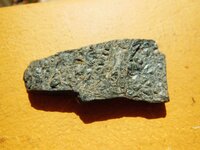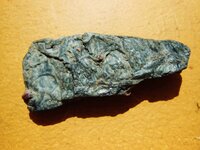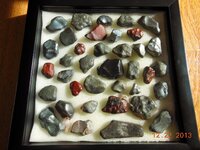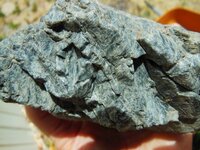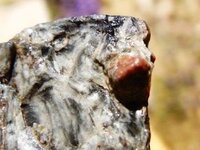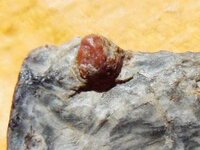curious kat
Bronze Member
- Nov 10, 2013
- 2,302
- 2,824
- Detector(s) used
- ....eyes.....
- Primary Interest:
- All Treasure Hunting
....we were lucky to find it once & call it "obsidian mountain" because it covers the whole hill side in a sheet like layer. But...we couldn't find it this time, it's like "Brigadoon"...lol...sometimes you can find it other times not. But did find some pieces of it in the wash...it's light greenish and there's also some light brown, but didn't find that.
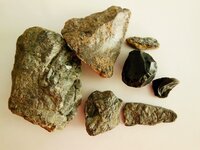
...saw this pretty "rock" hill side and also some volcanic cliffs....also found some bear doo...but didn't take a pic. of that!
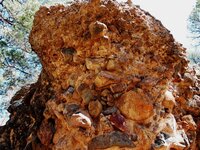
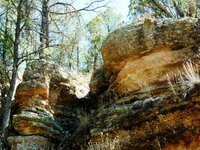
...then came home and found this large rock...which is ? So....it was a fun day.
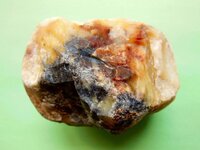
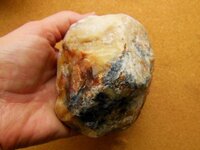

...saw this pretty "rock" hill side and also some volcanic cliffs....also found some bear doo...but didn't take a pic. of that!



...then came home and found this large rock...which is ? So....it was a fun day.






